Ema is a trained architect, writer and photographer who works as a Junior Architect at REX in NYC. Inspired by her global experiences, she shares captivating insights into the world’s most extraordinary cities and buildings and provides travel tips on her blog, The Travel Album.
When it comes to travel, food often takes center stage. We see countless travel blogs and guides centered around culinary exploration — sampling street food in Bangkok, indulging in croissants in Paris, or seeking out the best gelato in Rome. While there is no denying the appeal of experiencing a region’s gastronomy, I would argue that architecture offers an equally, if not more, compelling reason to travel. Architecture is the silent storyteller of a place, reflecting its culture, history, and aspirations in a way that food alone cannot. Let’s take a moment to consider why we should travel for architecture, not just for food.
Architecture: The Universal Language of Travel
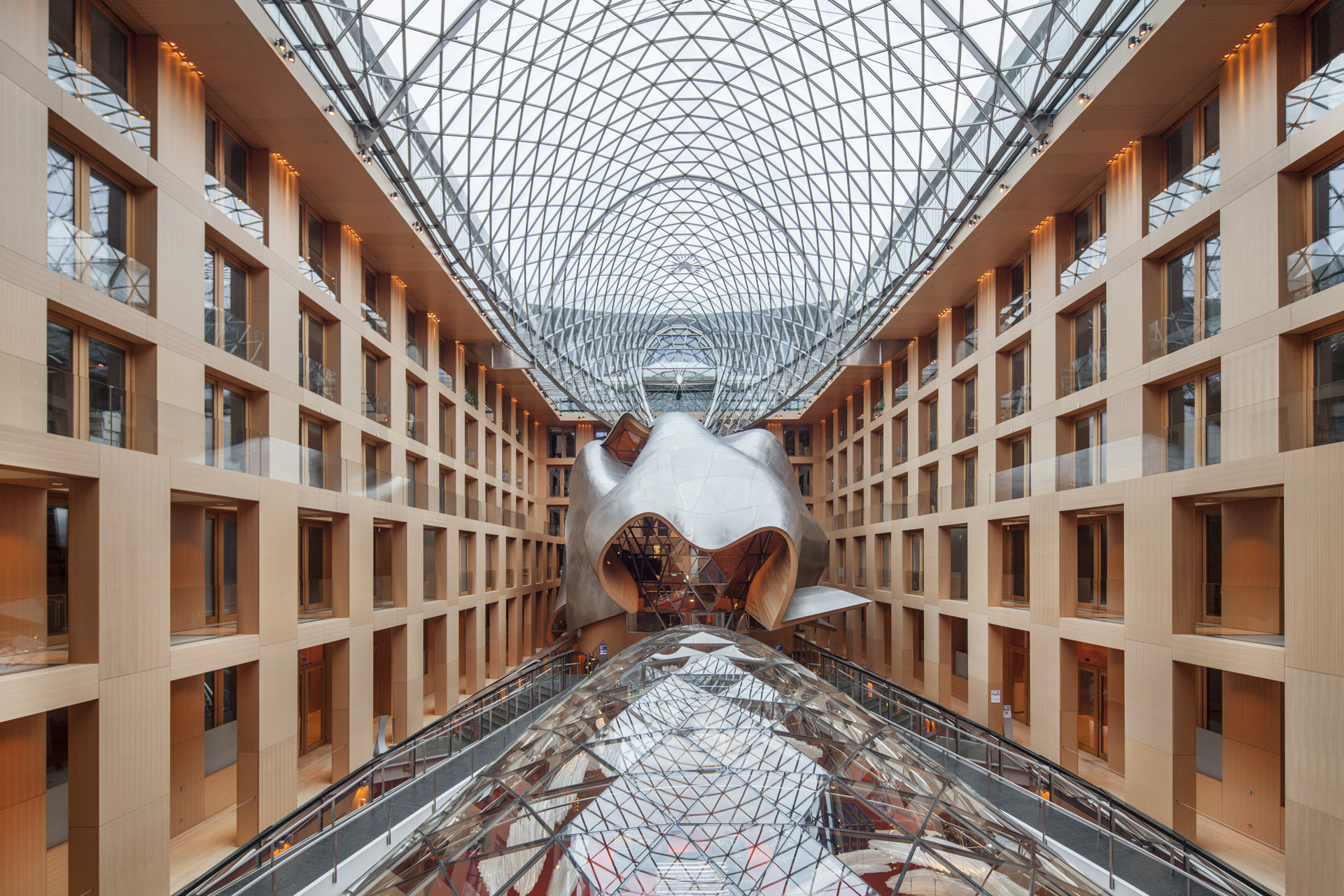

DZ Bank Berlin by Gehry Partners, Berlin, Germany
One of the most fascinating aspects of architecture is its ability to communicate without the need for translation. Where food might require an understanding of local ingredients, methods, and sometimes even cultural customs, architecture transcends these boundaries. A building or structure can evoke emotion, inspire awe, and reveal the ingenuity of its creators without requiring prior knowledge of its origin.
Take for example the inspiring Gothic cathedrals of Europe or the sleek, modernist lines of Frank Gehry’s designs. These structures are instantly recognizable and leave an impression that speaks to people from all walks of life. Architecture, much like art, is a universal language that invites exploration and interpretation regardless of where you’re from or what you know about a particular culture. You don’t need to be able to grasp the intricacies of construction to appreciate the sheer grandeur of iconic buildings or to stand in awe of their innovative designs. In this way, architecture offers a truly universal experience that crosses borders, much like a shared language.
Architecture: A Feast for the Eyes and Soul
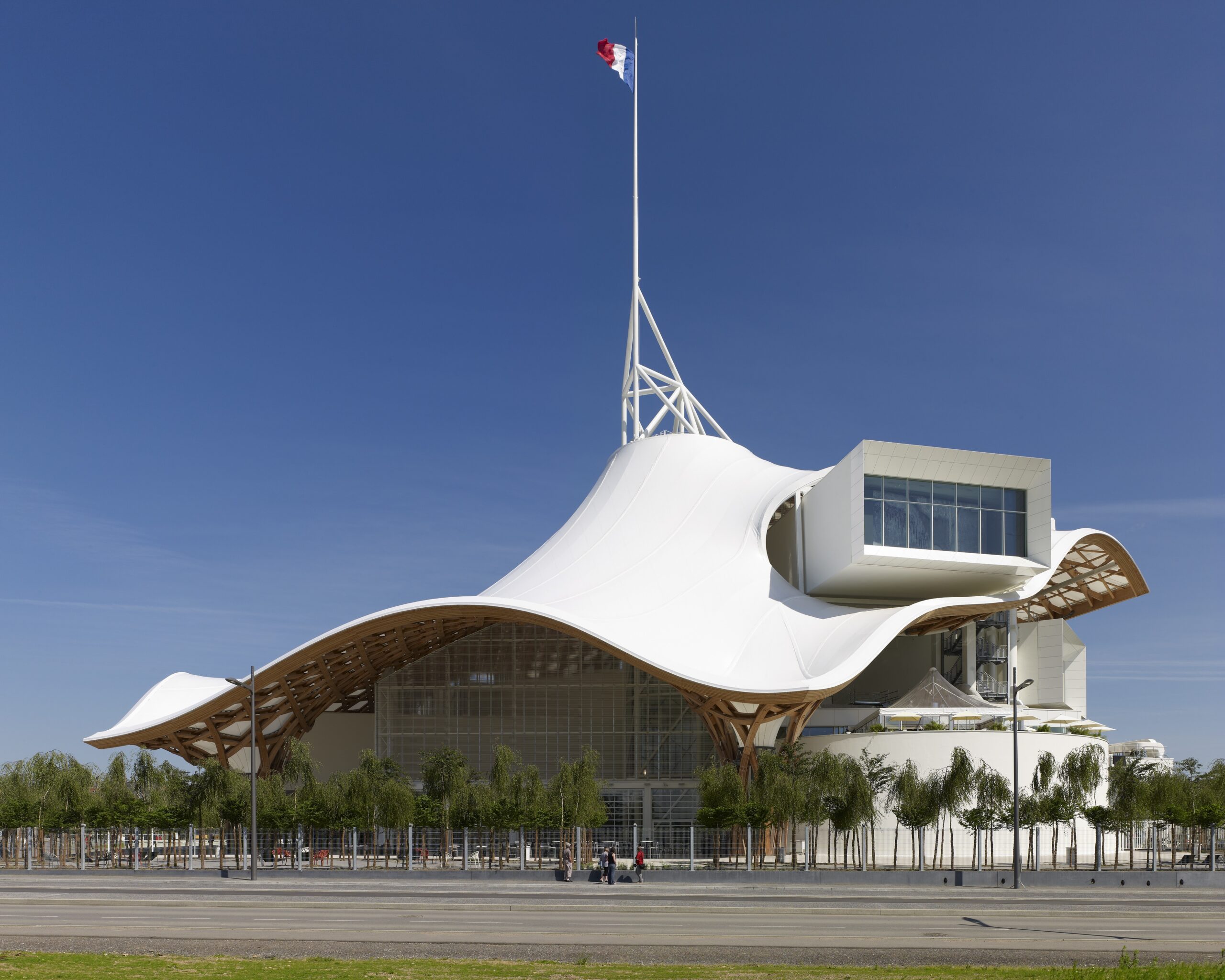

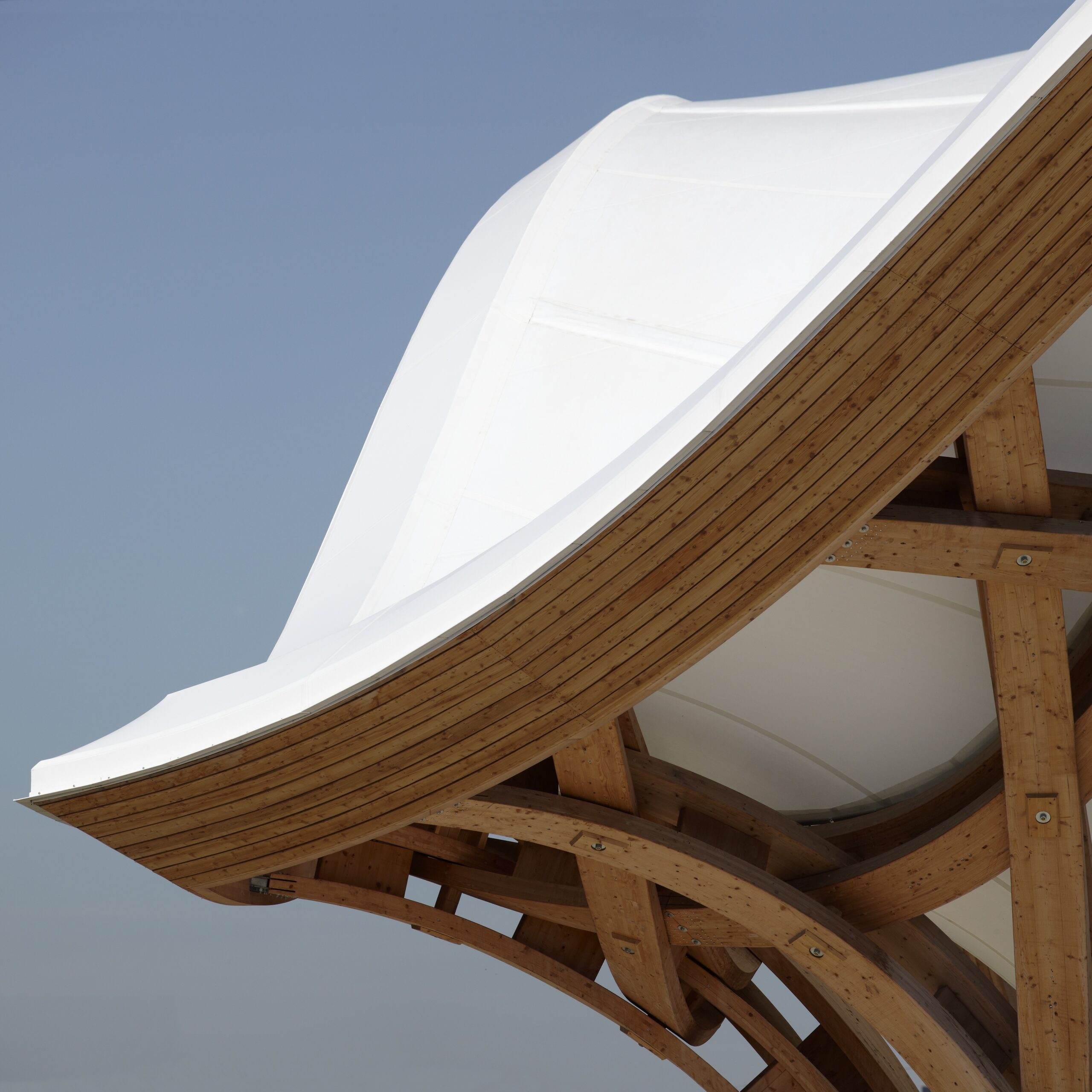
Centre Pompidou Metz by Shigeru Ban Architects, Metz, France
While food offers an ephemeral pleasure, architecture provides a lasting experience one that engages the senses over time. A meal can be delicious, even memorable, but it is fleeting. Architecture, on the other hand, remains as a lasting imprint of a city’s character and history, withstanding the test of time.
Consider the Colosseum in Rome. As a structure that has withstood nearly two millennia, its impact is far more enduring than even the most revered Italian cuisine (in my opinion). The experience of standing before this ancient amphitheater, imagining the history that unfolded within its walls, offers an emotional depth that far surpasses any plate of pasta. Architecture allows us to connect not just with a place in the present, but with its past, its evolution over centuries, and its role in shaping the lives of those who came before us. It is a way of engaging with history in three dimensions.
The Guggenheim Museum in Bilbao, for example, stands as a testament to how architecture can reshape entire cities. Frank Gehry’s design is not only an extraordinary piece of architecture but also a transformative project that revitalized a city. The structure itself is more than a venue for art exhibitions; it is an artwork that elevates the urban experience. Visitors from around the world are drawn to witness how it embodies the intersection of art, architecture and urban renewal. The success of the Guggenheim Museum in Bilbao has stimulated local economy and inspired other cities to invest in architectural projects as catalysts for urban renewal and economic growth. This case underlines the unique power of architecture to not only serve functional or aesthetic purposes but also to foster socio-economic development and cultural renaissance in urban settings. The experience of walking around and within such a structure feeds not just the eyes but also the soul. This lasting impact is something that architecture uniquely provides.
Architectural Destinations Over Culinary Hotspots
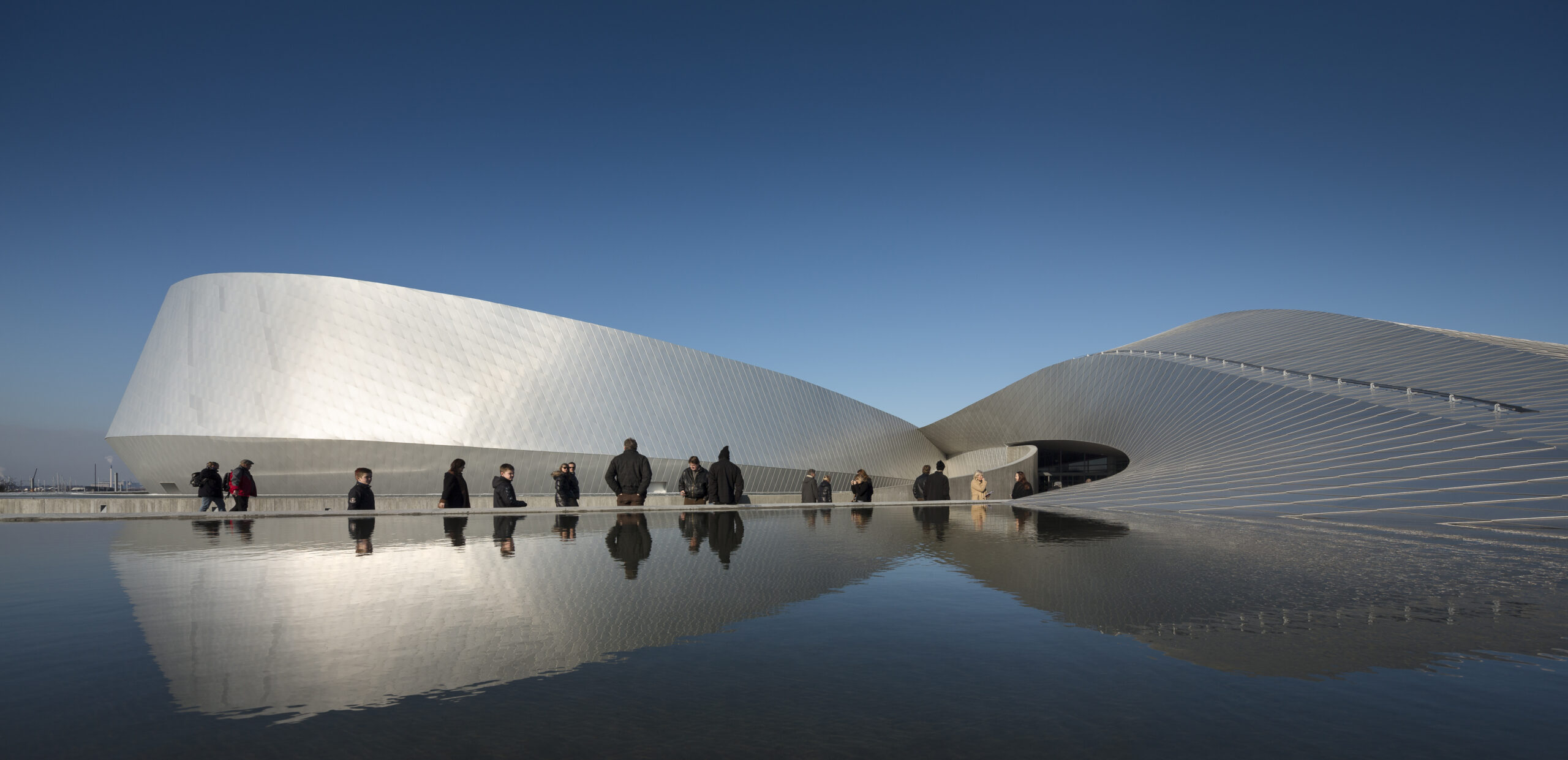

Blue Planet by 3XN, Kastrup, Denmark
While many travel destinations are celebrated for their food scenes, I would argue that their architecture is the true highlight. Whereas meals are transient, the experience of architecture is lasting. The spaces and buildings we explore continue to resonate with us long after we return home. They provide a place for us to gather, explore and experience either in groups or alone, and each person individually perceives and interprets these buildings and spaces uniquely. The grandeur of a city’s skyline or the quiet dignity of a well-designed public park influences our perceptions of a place and our memories of it. These architectural experiences shape our narratives of travel and become landmarks in our personal and shared histories.
Take Paris, for instance. While food enthusiasts may seek out the best patisseries, it is the Eiffel Tower, the Louvre, and the intricate beauty of Haussmannian buildings that truly define the city. Paris is remembered as much for its architectural splendor as for its culinary delights. Similarly, consider Chicago. Famous for its deep-dish pizza, yes, but even more so for the architecture that makes it unique. From the soaring Willis Tower to the elegant lines of Mies van der Rohe’s modernist buildings and the playful reflective curves of The Bean, Chicago’s architectural heritage defines the city far more profoundly than its local dishes. Architecture becomes the enduring hallmark of these cities — the signature feature that remains long after the memory of a meal has faded.
Architecture is Global, Food is Local


Tianjin Binhai Library by MVRDV, Tianjin, China
Another compelling argument in favor of architecture as the true focus of travel is its global nature. While culinary traditions are often limited to specific regions — such as authentic Neapolitan pizza in Italy or traditional sushi in Japan — architecture has a far-reaching, global presence. Roman aqueducts, for instance, can be found throughout Europe and the Mediterranean, a testament to the widespread influence of Roman engineering.
This brings me to another key point: traveling for architecture offers significant educational benefits. It exposes us to different architectural movements, design philosophies and engineering feats. This exposure is not just academic; it informs our understanding of space and functionality, influencing everything from our aesthetic preferences to our ideas about living environments. For those interested in design, urban planning or art, the educational benefits of architectural travel are immense. Architecture allows travelers to witness how ideas, styles and innovations transcend borders. It reveals the interconnections between cultures and provides a broader understanding of global history, politics and economics, much more so than food, which remains tightly tied to its local roots.
Architecture Offers Adventure and Engagement
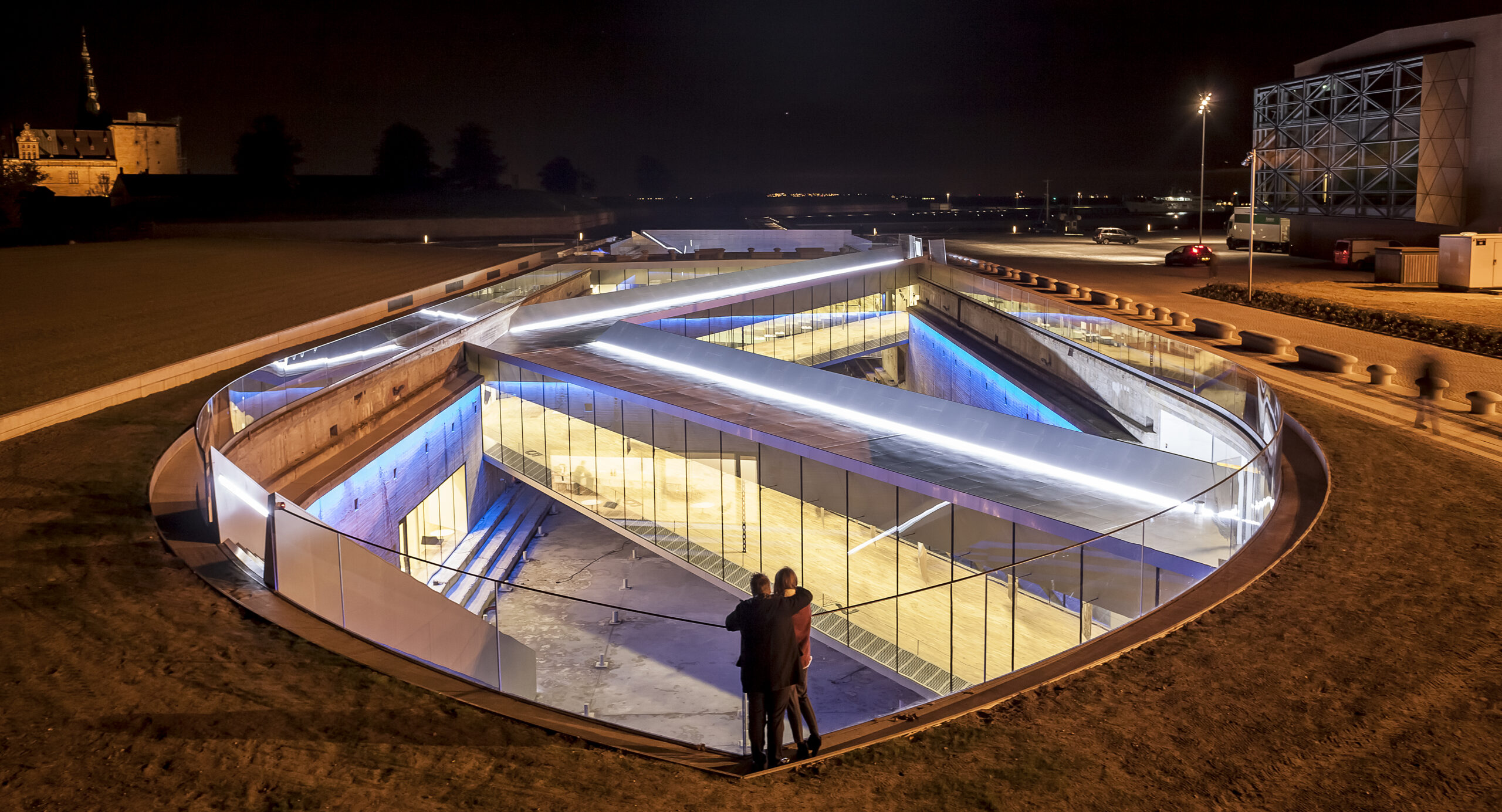
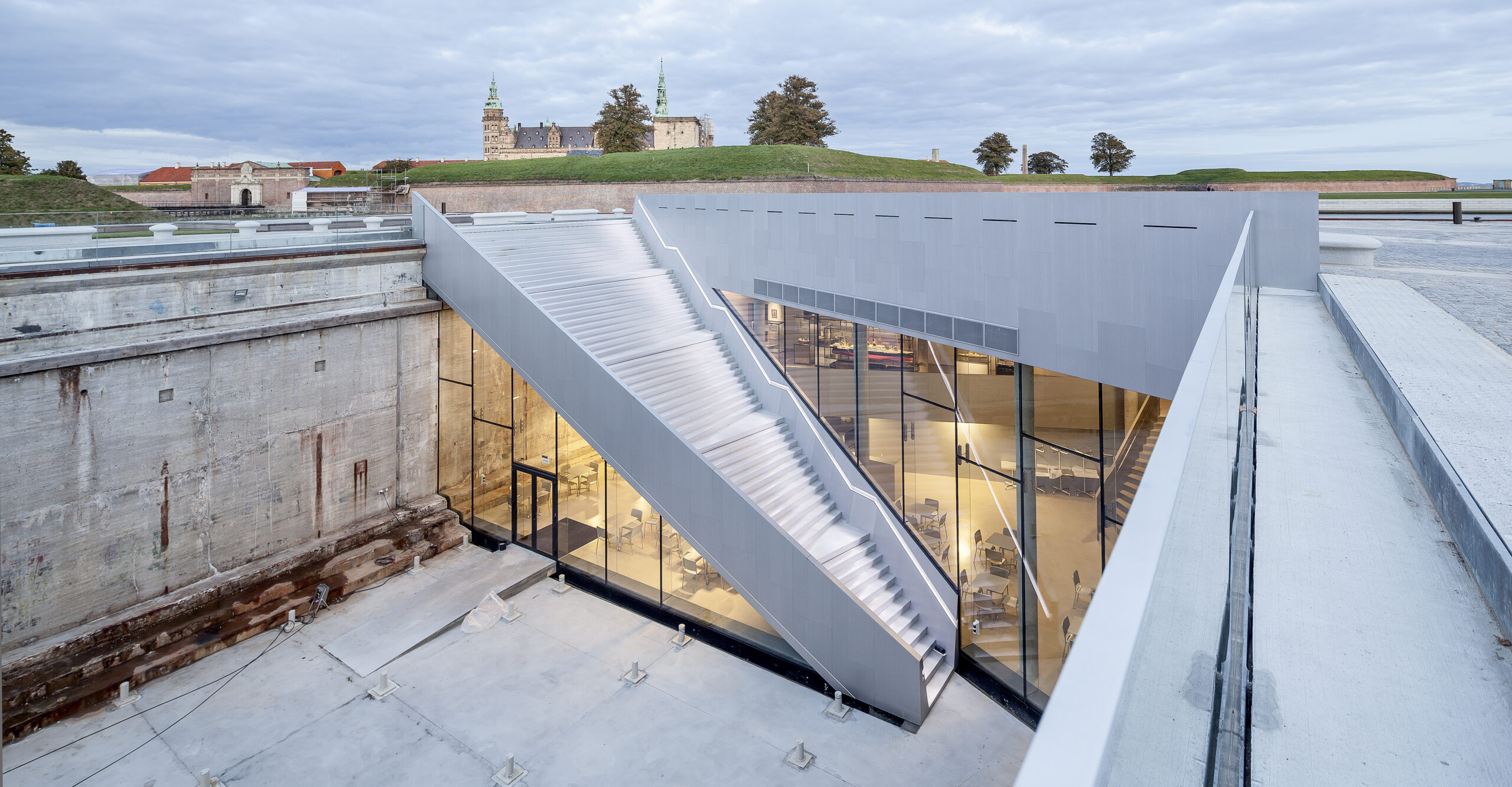
Danish National Maritime Museum by Bjarke Ingels Group (BIG), Helsingør, Denmark
While culinary travel may lead us to vibrant markets or celebrated restaurants, it is often a more passive experience. Architecture, on the other hand, offers adventure and engagement. Choosing architecture as the focus of our travels encourages us to look up and beyond the immediate gratifications of sensory experiences. It invites us to engage with our surroundings more thoughtfully and to appreciate the interplay of light, space, and material that only architecture can offer. As travelers, if we shift our gaze from the dining tables to the cityscapes, we might discover not just new sights but new ways of seeing.
Take the winding streets of Venice, where every turn offers a new discovery of Gothic, Renaissance and Baroque buildings. Walking through Venice is an immersive experience, where architecture becomes an adventure in itself, pulling you deeper into the city’s history and culture. Or consider Machu Picchu, where the architecture is not just something to admire but something to physically engage with — climbing the terraces, moving through the ruins, and immersing yourself in the landscape. In my opinion, architecture is often overlooked and taken for granted because it’s a constant presence in our lives. But I strongly believe that it encourages travelers to look deeper, to explore more fully, and to engage with their surroundings in a way that food simply cannot.
A Lasting Impression
While the delights of global cuisine are undeniable, the benefits of traveling for architecture provide a more profound, enduring and enriching experience. It is an invitation to engage with the world on a deeper level, offering insights not just into how people live, but how they aspire to live. For those seeking a truly transformative travel experience, architecture offers a path that is as intellectually rewarding as it is visually spectacular.
While food offers a sensory pleasure, it is temporary. Architecture, however, leaves a lasting impression. It defines cities, tells the story of cultures, and offers us a glimpse into the minds and hands that shaped the world. The next time you plan a trip, rather than searching for the best restaurants or street food stalls, consider focusing on the architecture.. or at least both. It will leave you with a deeper understanding of the place, its people, and its history. Architecture, after all, is the true feast — one that nourishes the soul and continues to inspire long after the journey has ended.
Architects: Want to have your project featured? Showcase your work by uploading projects to Architizer and sign up for our inspirational newsletters.
 Blue Planet
Blue Planet  Centre Pompidou Metz
Centre Pompidou Metz  DZ Bank Berlin
DZ Bank Berlin  The Danish National Maritime Museum, Helsingør
The Danish National Maritime Museum, Helsingør  Tianjin Binhai library
Tianjin Binhai library 


